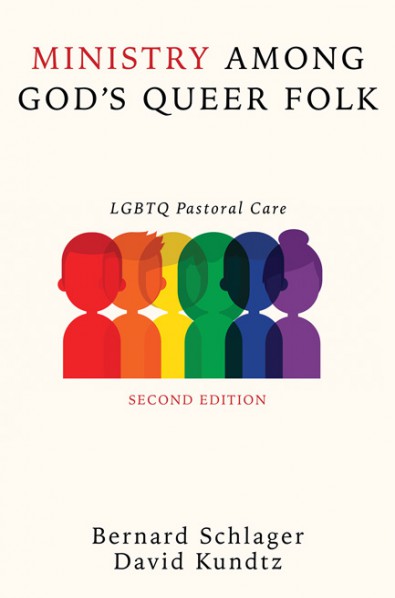By genuinely welcoming and integrating LGBTQ people into a congregation all members can experience transformation. When individuals who once were unwelcome and perhaps even unnamed are brought into a community of faith, new perspectives are gained on what it means to live as people of faith. When individuals who have been marginalized for so long enter more fully into congregational life they also are transformed because they have been freed, perhaps for the first time ever, to live as out queer people of faith.
Following are some ways in which a congregation can be transformed by welcoming out queer people into its midst:
- Visibility: As word of a congregation’s welcome and inclusivity spreads there will be an increase in the number of LGBTQ people who attend worship services and other congregational programming. Some individuals in your congregation may begin to recognize for the first time the presence of queer people in their midst, some of whom, of course, may have been present for a long time. If a church or synagogue feels genuinely welcoming, some queer people with children may begin to attend events designed for families, queer couples may be present at programs designed for married couples and feel comfortable expressing their affection for one another by holding hands during a service. Some long-time members and visitors may come out as transgender and new transgender individuals may come to check out the congregation and eventually become members. Some straight congregants may reveal for the first time that they have queer children, parents, or other relatives.
- The Emergence of New Perspectives on Faith: The inclusion of out LGBTQ individuals as board members, ushers, worship leaders, and religious education teachers will contribute to the richness of a congregation’s faith life. The learning experiences of children in a congregation’s religious education program, for instance, will be enriched by the age-appropriate life stories offered by their out lesbian teacher; participants in a Bible study group may hear for the first time how a transgender or bisexual person interprets a particular biblical story; and the wedding ceremony of two gay men may expand some congregants’ notion of love and family.
- A Growing Diversity: Welcoming LGBTQ people is a progressive act of faith which often attracts other individuals who have felt alienated from faith communities for a variety of reasons. People who disagree with the beliefs and practices of the congregation in which they were raised, couples and families in search of a diverse faith community, and young people eager to experience a congregation that encourages questioning and exploration will be attracted to a check out a synagogue or church known for its welcome of queer people.
- An Expanded Consciousness of Social Justice Issues: Building a community of care for LGBTQ people may spur the members and leaders of a congregation to address other social justice issues such as fair housing, immigrant assistance, anti-racism work, environmental protection, and world peace. Many of the skills and processes that the congregation has employed in creating a community of care for queer people can be useful in welcoming and including other marginalized people, including those who are separated, divorced, other-abled, unemployed, those living with mental illness, and/or recovering from substance abuse or domestic violence.
- An Ethos of Welcome: Hospitality is wonderfully contagious. Welcoming a diversity of people into congregational life expands a congregation’s sense of itself. As previously marginalized people are welcomed into full membership the members and leaders of a congregation begin to realize that the best way to ensure vitality and growth is to continually broaden their hospitality. Building a community of care is an ongoing project that includes welcoming everyone but especially the outcast in our society.
To Be Continued Next Week!
Adapted from Schlager & Kundtz, Ministry Among God’s Queer Folk: LGBTQ Pastoral Care (Second Edition, 2019): pp. 162-164.


